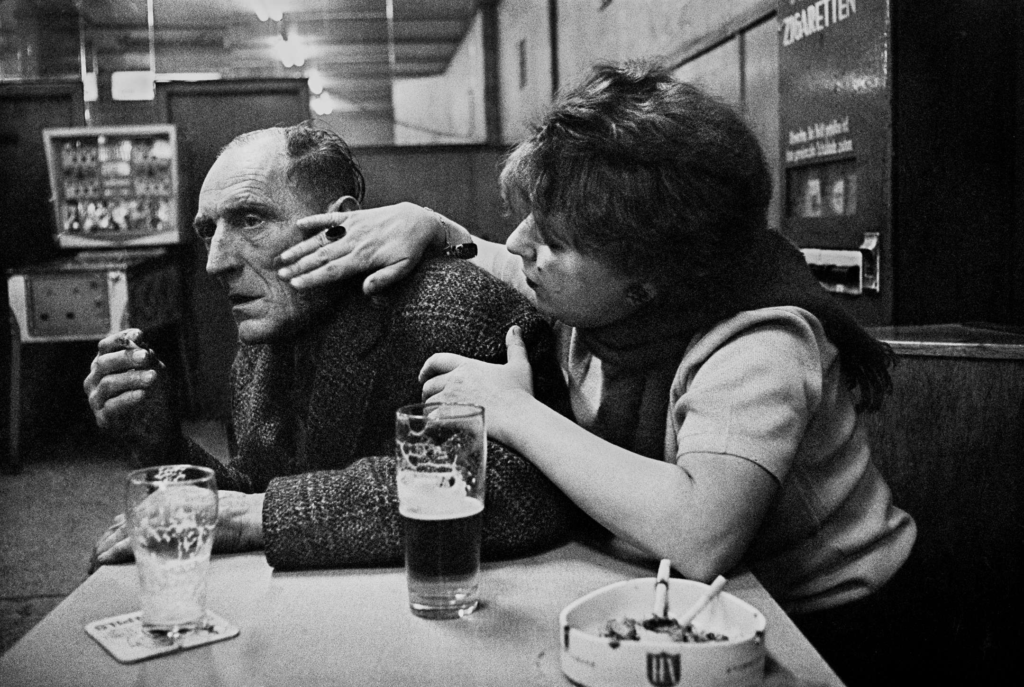
In the philosophy of Gilles Deleuze, the concept of “flows” refers to the movement of things and ideas through time and space. For Deleuze, flows are not just physical phenomena, but also social and cultural ones, such as the movement of money, power, and information through society.
Deleuze sees flows as dynamic and complex phenomena that are constantly in motion and interaction with one another. They can be positive or negative, productive or destructive, depending on how they are channeled and organized. Deleuze argues that the dominant forces in society tend to channel flows in ways that serve their own interests, leading to the reproduction of social hierarchies and power relations.
However, Deleuze also sees the potential for flows to be liberated from these constraints and organized in new and creative ways. This can lead to the emergence of new forms of social organization and expression, such as the subcultures and countercultures that emerged in the 20th century.
Deleuze’s concept of flows is closely related to his notion of “desiring-production,” which refers to the positive and creative force of desire in society. According to Deleuze, desire is not just a psychological phenomenon, but also a social and cultural one that drives the movement of flows in society.
Deleuze/Guattari are probably the only theorists whose political-economic philosophy ascribes an enormous importance to the concept of flow, which in turn has a direct connection to Deleuze’s view of the mathematics of the differential quotient. First of all, every kind of current has a specific tempo, rhythm and directional direction, and in the course of time the material whose specific characteristics, be it rhythm, direction or tempo, change.
The decisive point is that flows do not flow along lines, but according to the criteria of n-dimensional, virtual, continuous and non-numerical manifolds, each of which has only one centre. And no matter whether we are dealing with vortices, spirals or whirlpools — it is always a matter of special shapes of the flows, which are indicated by a curved, continuous declination.
Thus, flows would be understood as directed and rhythmic, a-metric and irreversible, they can flee in all directions and, as dynamic-temporalized flows, they are in balance and imbalance at the same time, they can connect or unite, they can originate from a collision or an encounter in which a current meets a counter current and bounces off, resulting in congestion and, consequently, new localizations in an open topological space.
Pure flows have a real and at the same time ideal status. The corresponding topological space refers to a vectorial and smooth space, traversed by uncountable lines, to the unpredictable distribution of events that function without centres, even following lines that deviate from the diagonal.
It also seems possible that in the vortex several currents flow together, thus creating a figure of the manifold, in which nature and culture mix indistinguishably; there are multiple currents, whereby turbulence can arise from many eddies, up to cascades, differentiating and at the same time towering unstable eddies with blurred edges,
In fact, one can imagine an extraordinarily large number of different types of streams and rivers, which in their diversity and directionality, their counter-currents and turbulence — just think of the fluid mechanics of Lucretius — are always controlled or codified in some way or another.
“In the literary machine that Proust’s “In Search of Lost Time” constitutes, we are struck by the fact that all the parts are produced as asymmetrical sections, paths that suddenly come to an end, hermetically sealed boxes, noncommunicating vessels, watertight compartments, in which there are gaps even between things that are contiguous, gaps that are affirmations, pieces of a puzzle belonging not to any one puzzle but to many, pieces assembled by forcing them into a certain place where they may or may not belong, their unmatched edges violently forced out of shape, forcibly made to fit together, to interlock, with a number of pieces always left over.”
Thus, there is the river and the dams or dikes that control and channel the river,